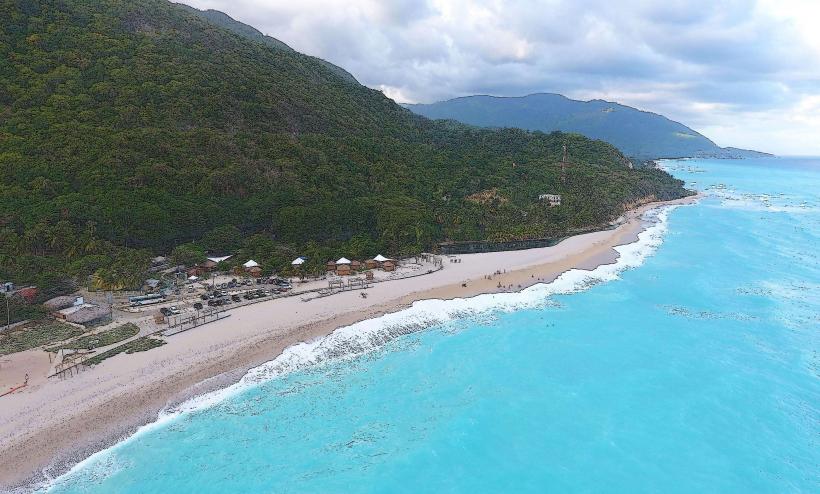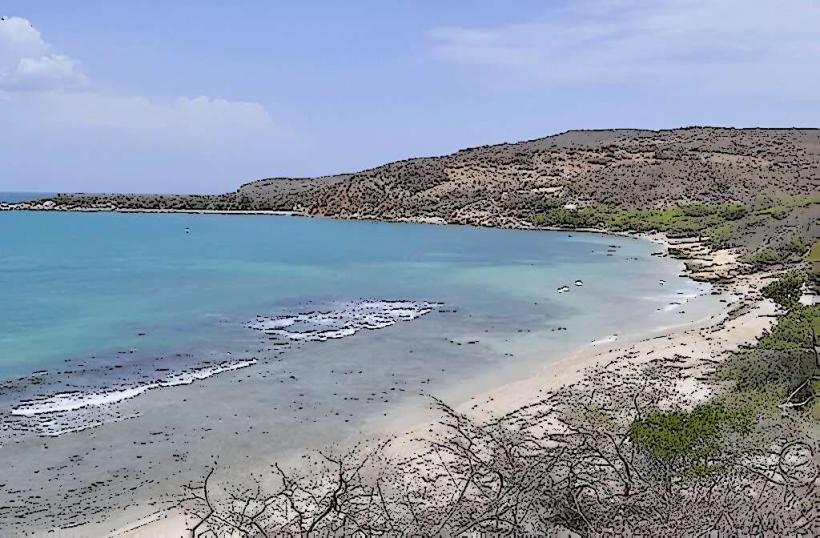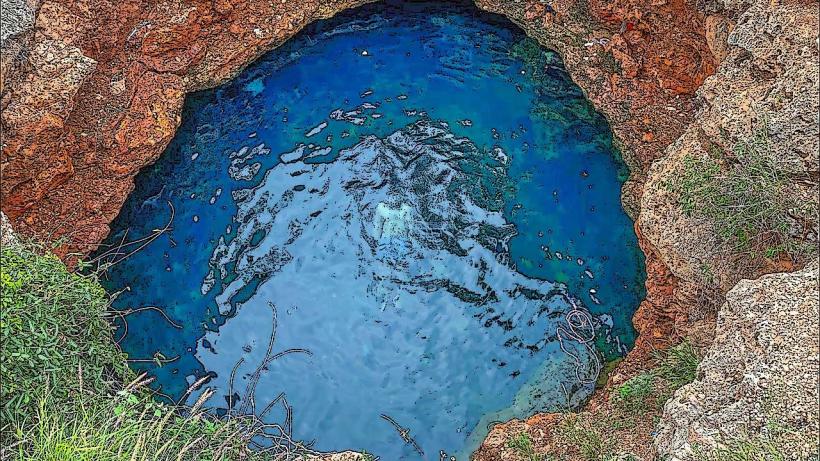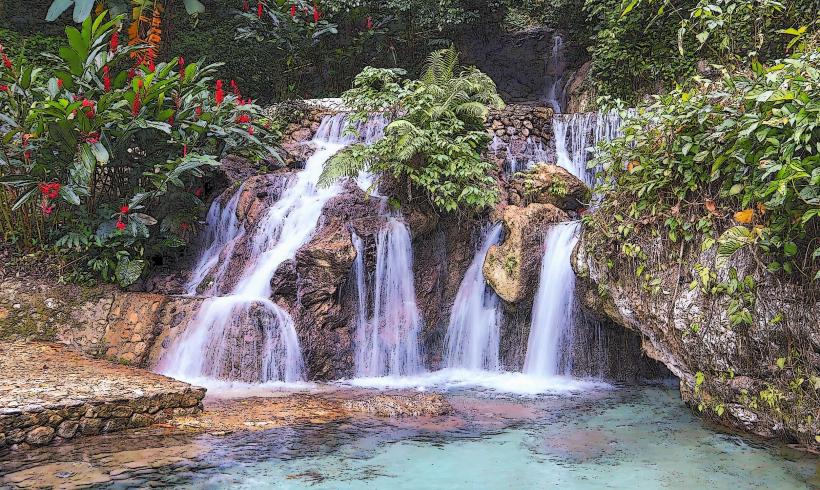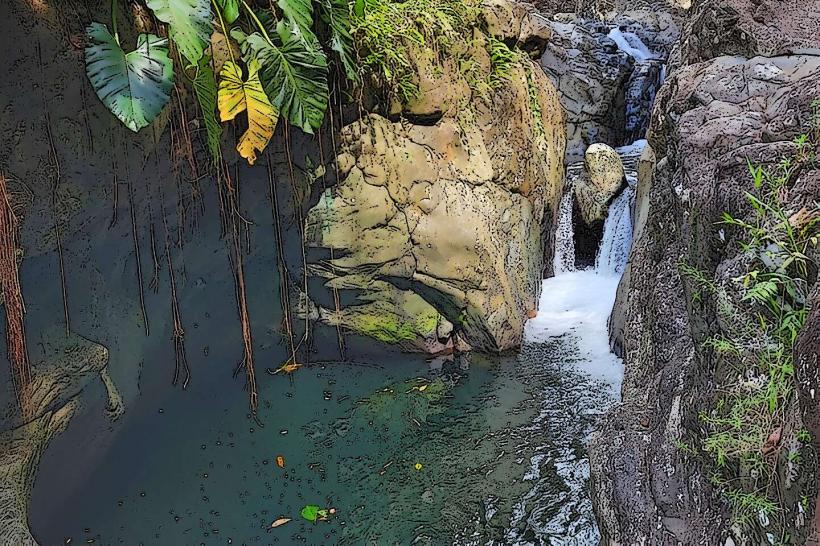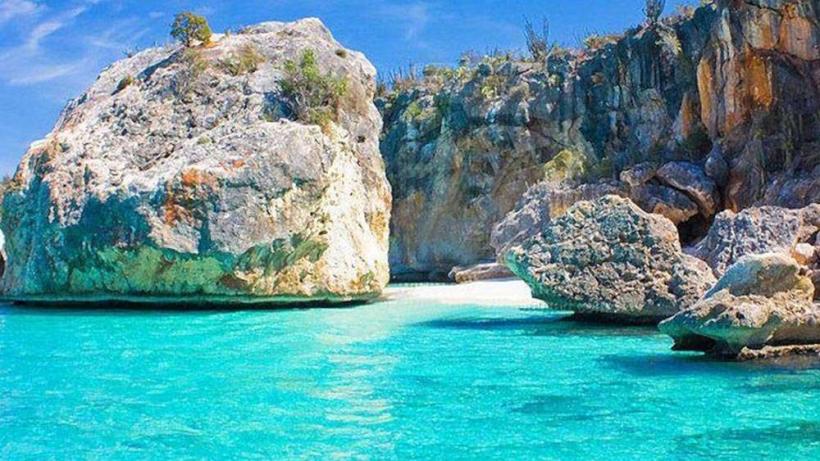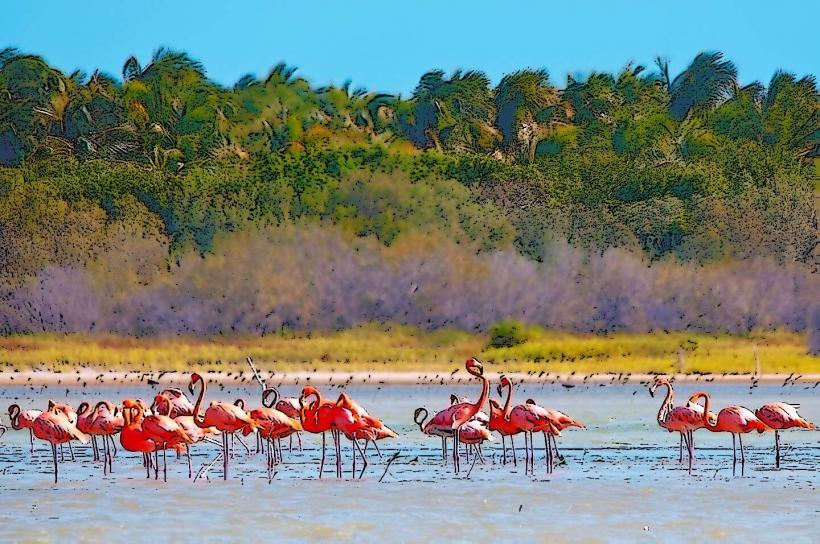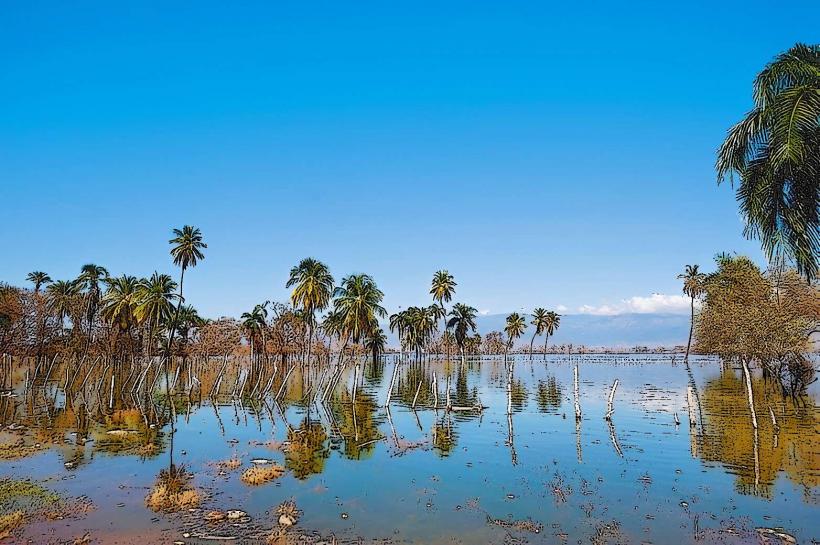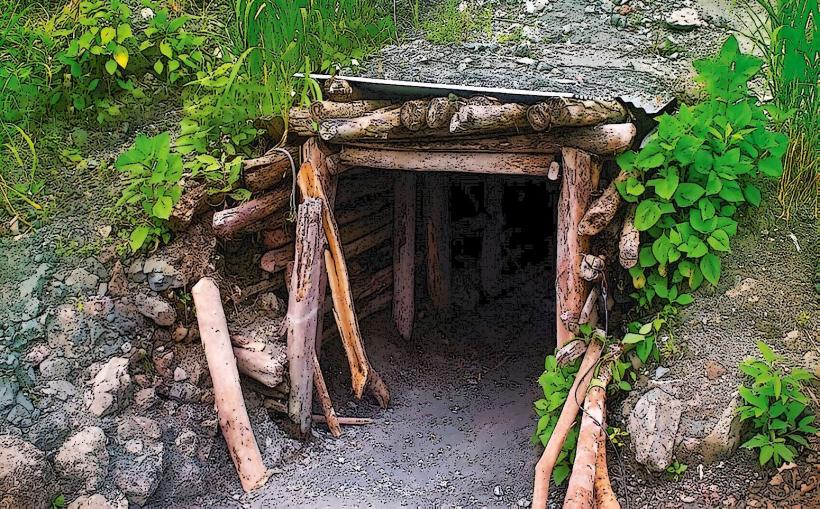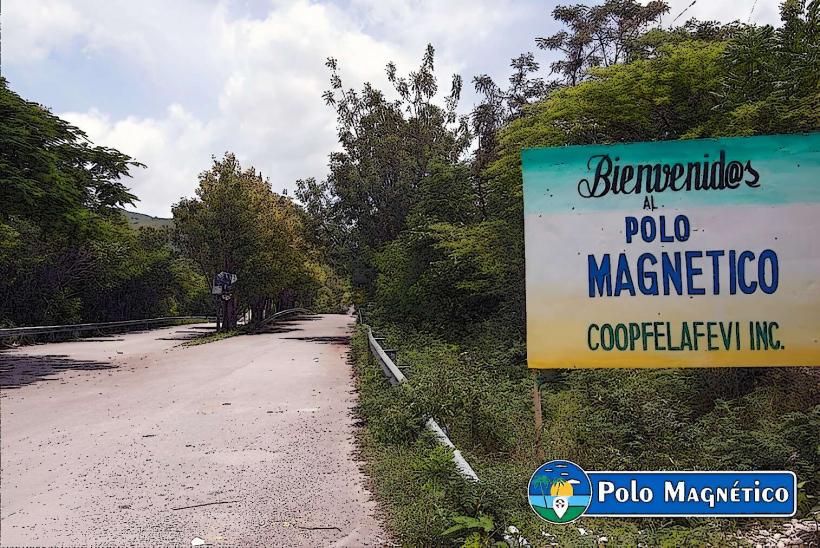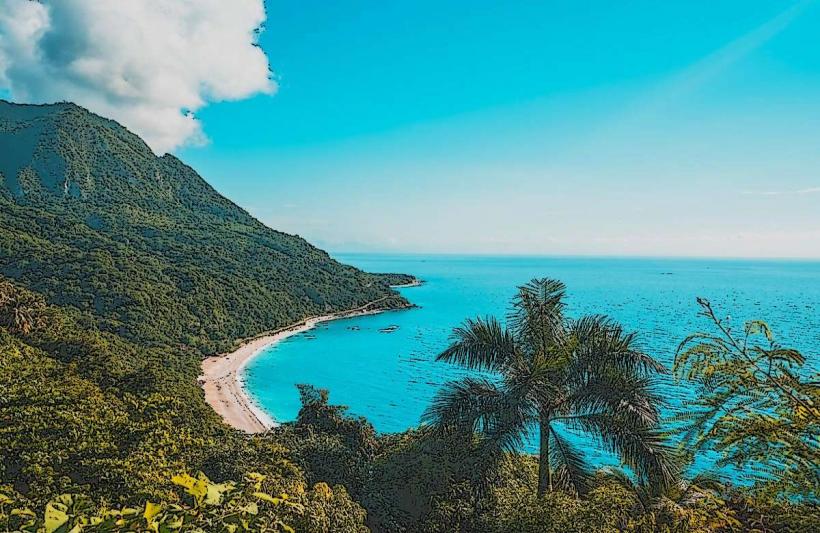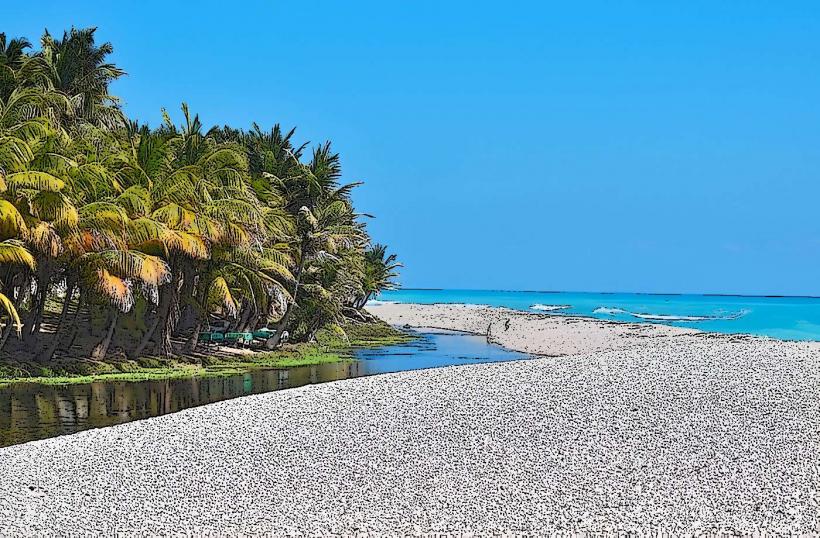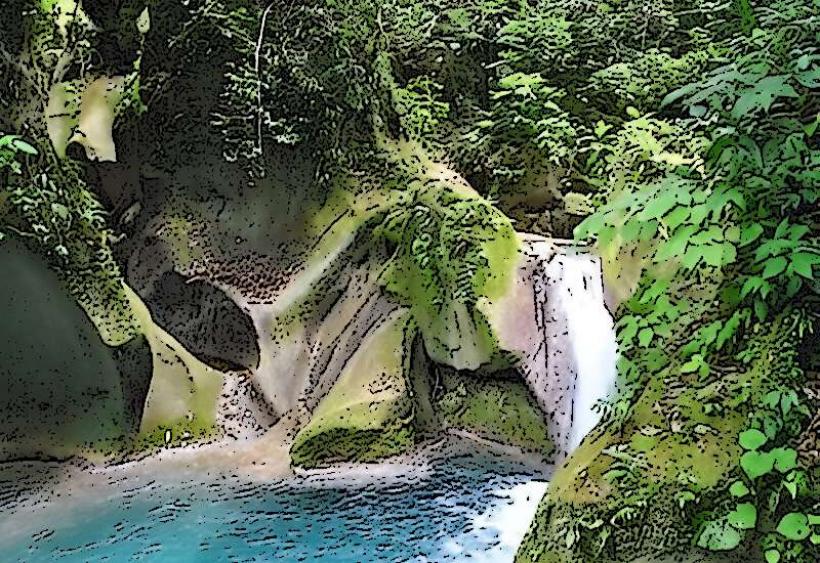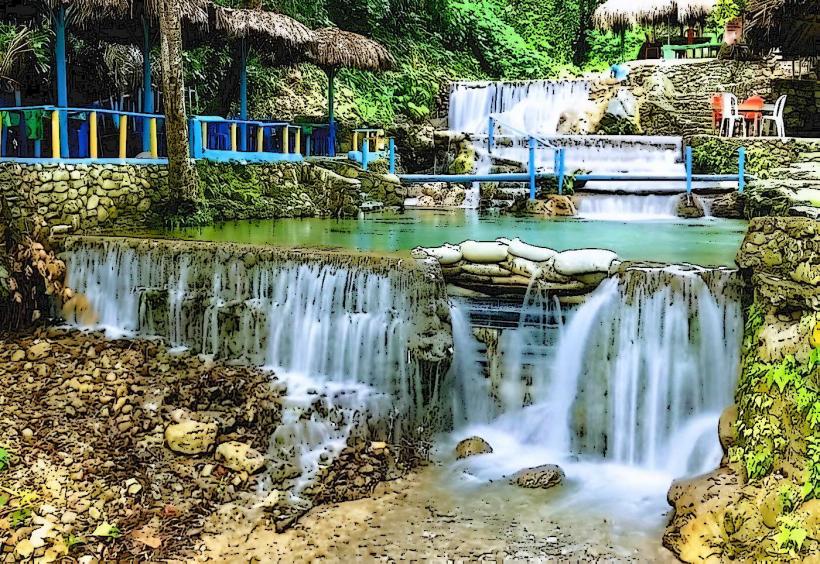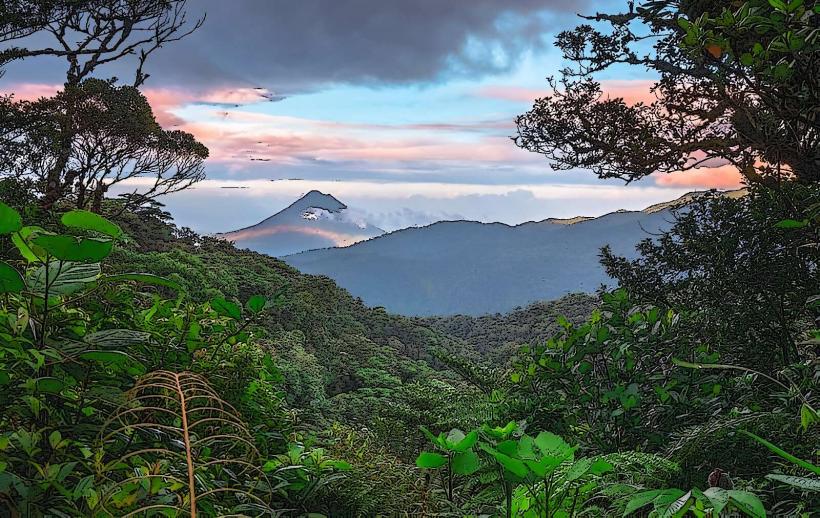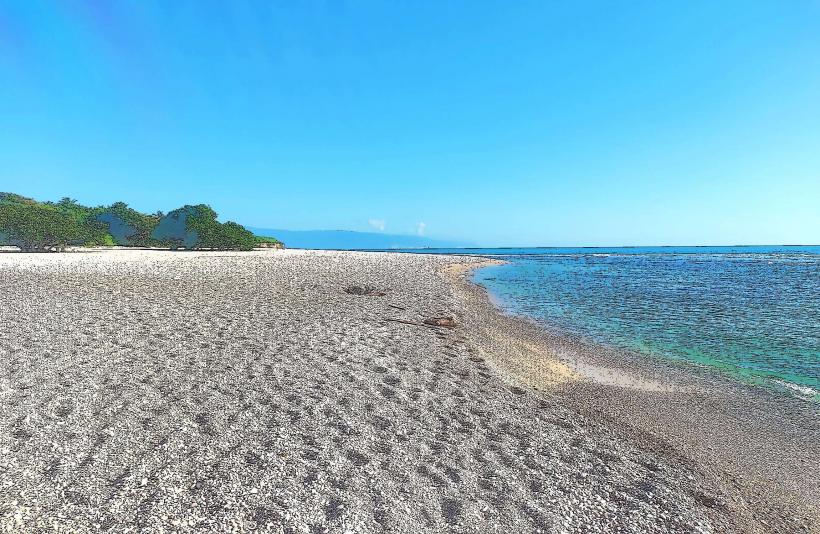Information
Landmark: La Saladilla LagoonCity: Barahona
Country: Dominican Republic
Continent: North America
La Saladilla Lagoon (Laguna de la Saladilla) is a stunning saltwater lagoon located in the Barahona Province in the southern part of the Dominican Republic. It is nestled within the Jaragua National Park and is an important natural feature of the area. The lagoon is renowned for its picturesque surroundings, rich biodiversity, and unique ecosystems, making it a notable destination for eco-tourism and nature lovers.
Here’s a detailed overview of La Saladilla Lagoon:
Location and Accessibility
- Geographic Location: La Saladilla Lagoon is located near the southern coastline of the Dominican Republic, in the Barahona Province, within the boundaries of Jaragua National Park. It is situated between Bahía de las Águilas and the town of Pedernales, providing easy access to visitors traveling from the coast or nearby areas.
- Access: The lagoon is best reached by car, with roads leading to the park and lagoon area from Barahona or Pedernales. The lagoon is located in a more remote region, and the surrounding area is often accessed by eco-tours or guided excursions. The journey to La Saladilla Lagoon provides a unique opportunity to experience the pristine landscapes of the Dominican Republic’s southern coast.
Features and Attractions
- Saltwater Lagoon: La Saladilla Lagoon is a saltwater lagoon, meaning it is connected to the ocean, though its waters are generally more calm and sheltered. The lagoon is surrounded by mangroves, which play a vital role in the local ecosystem by protecting coastal areas from erosion and providing a habitat for diverse species of wildlife.
- Flora and Fauna: The lagoon and its surrounding ecosystems are home to a variety of plant and animal species. The mangroves that line the lagoon support several species of marine life, including fish, crabs, and other aquatic creatures. The lagoon is also a key site for birdwatching, with migratory birds often stopping by during the year. Additionally, various species of turtles, reptiles, and insects can be spotted around the lagoon.
- Unique Ecosystem: The lagoon's mix of saltwater and mangrove forests creates a unique ecosystem that is crucial for maintaining the biodiversity of the region. These coastal wetlands also provide important breeding grounds for fish and other marine organisms, supporting both local fisheries and the health of the ocean’s ecosystems.
Activities and Experiences
- Birdwatching: One of the primary attractions at La Saladilla Lagoon is the opportunity for birdwatching. The area is home to various species of migratory birds, including pelicans, herons, and egrets, which can be seen throughout the year. The lagoon’s peaceful environment offers an excellent setting for observing these beautiful creatures in their natural habitat.
- Eco-Tourism and Nature Exploration: La Saladilla Lagoon is an important site for eco-tourism. Visitors can take guided tours to explore the surrounding mangroves, learn about the local flora and fauna, and gain insight into the ecological significance of the area. Kayaking and boating tours are also available, allowing visitors to navigate the tranquil waters of the lagoon and explore its hidden corners.
- Photography: The lagoon’s stunning landscapes, including the clear waters, lush vegetation, and vibrant birdlife, make it a great destination for nature photography. The combination of natural beauty and diverse wildlife offers plenty of opportunities to capture breathtaking shots.
- Fishing: Although the lagoon itself is not known for large-scale fishing activities, visitors may be able to enjoy small-scale fishing trips, particularly in the nearby coastal areas. Local fishermen sometimes use the lagoon’s sheltered waters to harvest small fish and other seafood.
Environmental Importance
- Mangrove Ecosystem: The mangrove forests surrounding La Saladilla Lagoon are a critical part of the coastal ecosystem. Mangroves help prevent coastal erosion, provide shelter for marine life, and filter pollutants from the water. They are vital for the health of both the lagoon and the surrounding marine environments.
- Conservation Efforts: La Saladilla Lagoon, being part of Jaragua National Park, is within a protected area that aims to preserve the biodiversity of the region. The park is home to endangered species and provides important habitats for wildlife. Efforts are in place to maintain the ecological integrity of the lagoon and surrounding ecosystems, ensuring that future generations can continue to enjoy and benefit from the natural beauty of the area.
Nearby Attractions
- Bahía de las Águilas: Located nearby, Bahía de las Águilas is one of the Dominican Republic’s most famous and remote beaches, known for its pristine white sands and clear turquoise waters. It is a popular destination for visitors staying in the Barahona region, providing excellent opportunities for swimming, snorkeling, and relaxing by the sea.
- Jaragua National Park: The lagoon lies within the Jaragua National Park, which is one of the largest and most biodiverse parks in the Dominican Republic. The park encompasses a variety of ecosystems, including wetlands, tropical forests, and coastal habitats. Visitors can explore the park’s many trails, observe wildlife, and discover the beauty of this protected area.
- Lake Enriquillo: Another nearby attraction is Lake Enriquillo, the largest lake in the Dominican Republic, located to the east of La Saladilla Lagoon. The lake is known for its high salinity and is home to American crocodiles and flamingos. It provides another excellent spot for wildlife observation and nature exploration.
Conclusion
La Saladilla Lagoon is a hidden gem in the Barahona Province of the Dominican Republic, offering visitors a unique opportunity to explore the natural beauty and biodiversity of the region. Its saltwater environment, surrounding mangroves, and diverse wildlife make it a perfect destination for eco-tourists, birdwatchers, and nature enthusiasts. The lagoon's serene atmosphere, combined with its ecological significance and proximity to other natural attractions like Bahía de las Águilas and Jaragua National Park, make it a must-visit destination for those looking to experience the unspoiled beauty of the Dominican Republic’s southern coast.

